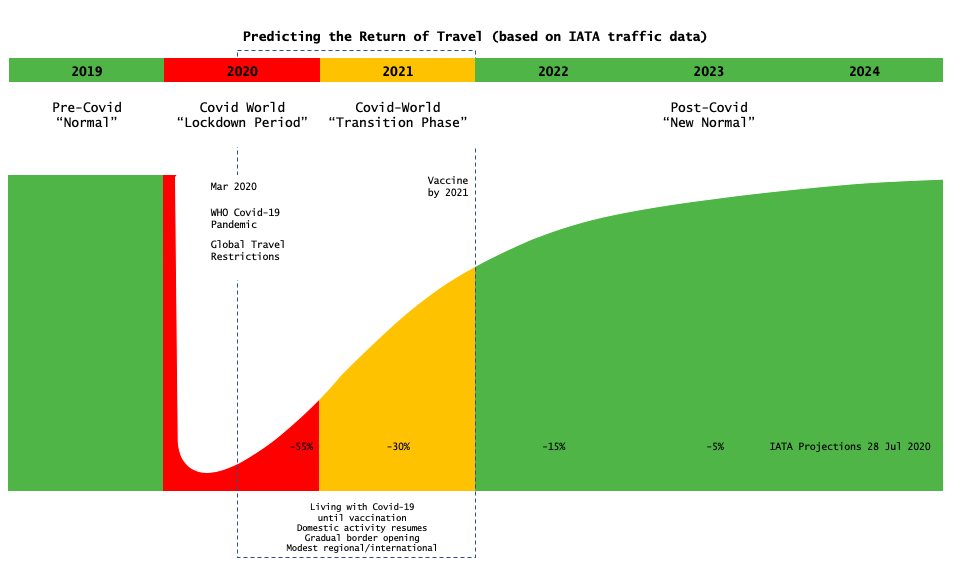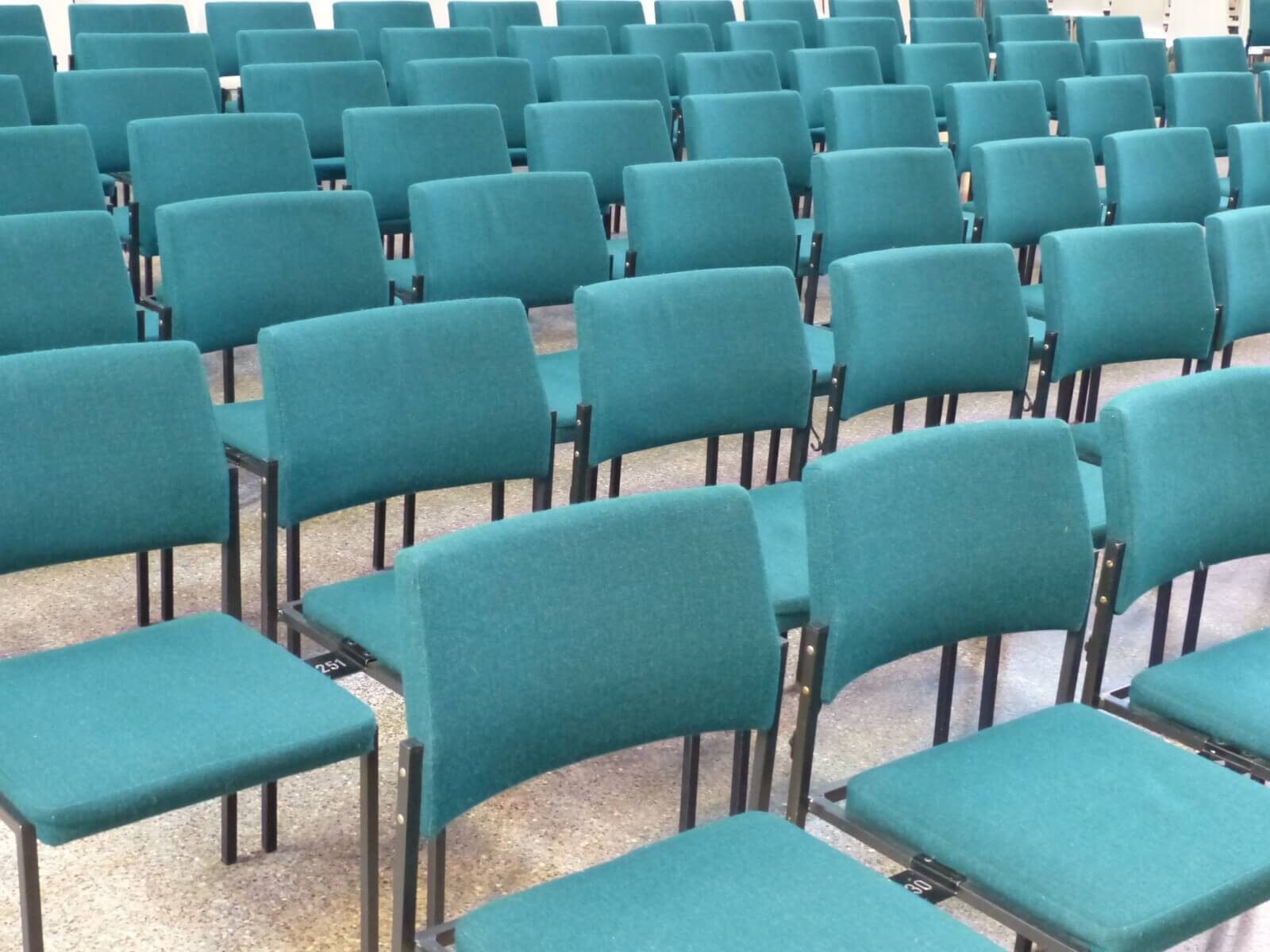 Science shows that our brain loves visuals. If you Google 'why our brain loves visuals' there are some awesome infographs on this. I have found that our brain craves visuals even more in a strategy session and that the combination of graphic facilitation and strategy is really successful. I have had such a paradigm shift myself as I see great results when teams explore and map out their thinking using visuals.
Science shows that our brain loves visuals. If you Google 'why our brain loves visuals' there are some awesome infographs on this. I have found that our brain craves visuals even more in a strategy session and that the combination of graphic facilitation and strategy is really successful. I have had such a paradigm shift myself as I see great results when teams explore and map out their thinking using visuals.
Here are some of the reasons why:
Our brain loves to remember interesting things. World champion memory gladiator Ed Cooke was speaking about mastering comprehension and memory and said our brain loves interesting things. In strategy land, text = non-interesting. (Can you remember the text from the second slide of the last PowerPoint presentation you sat through?) In strategy land, pictures, colour and a variety of stimulus = an interesting thing when compared to words alone.
Our brain comprehends pictures much faster than it does text so productivity rises. (Now I have your attention….) In fact, it only takes around 1/10 of a second for your brain to take in a visual scene. That's seriously fast when compared to how long it would take your brain to read a description of that visual scene. In strategy land, a team can get to where they need to be a lot more quickly.
The feedback to visuals is also instantaneous. I have found that there are three instantaneous responses when you ask the question, “Does this visual represent your thinking?” These are: “Yes”, “No”, or “It's missing something”. The feedback is delivered straight away and this drives further insight. Teams can make decisions at speed. It's easy for the audience to understand what is being discussed and connect with it.
The use of visuals reframes/disrupts/energises/focuses a team’s thinking. Looking at a large visual on a wall gives focus and a brand new perspective. It engages a completely different part of the brain to reading through a document or blog… It takes a leap from a more linear style of thinking to a ‘bigger picture’ style of thinking. I find it's a really great way to engage an intelligent room of thinkers. Combine this with standing up around a visual and you have some great energy.
The use of graphic facilitation enables teams to see gaps, overlapping and connections within their strategy. At its most simple, a lot of 'visual activity' on a page can indicate an area of too much complexity or where a number of ideas are overlapping. A lot of white space can indicate possible gaps within a strategic direction. Importantly, these are seen quickly.
A visual strategy can be communicated effectively, simply and easily. It can be easily shared and discussed. It is not trapped in a document or PowerPoint strategy among too many bullet points.
Am I a hater of text? Absolutely not! Words are beautiful, powerful and I am writing them now. It's important to remember that anything that reframes our thinking and provides a fresh perspective is a good thing. In certain spaces, such as a strategy day or anything to do with innovation, written words can often use a helping hand.
Is the use of graphic facilitation or visual communication the only way to be successful in a strategy workshop? Absolutely not. Could it be a valuable tool for success in a strategy session? Absolutely: even science thinks so.
Simon Banks is a conference speaker on creativity and innovation.


